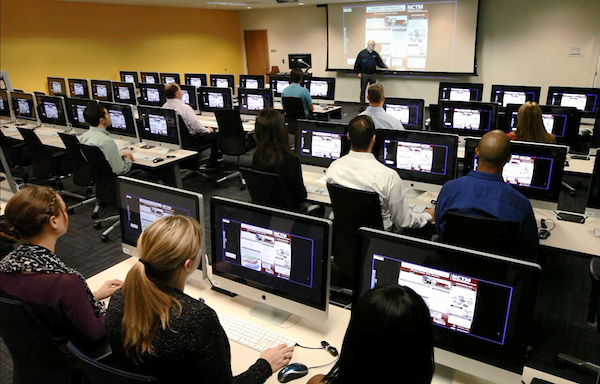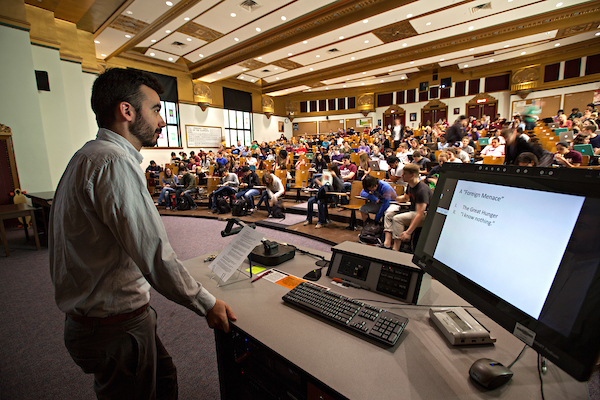The mission of The Conversation is to promote truthful information and strengthen journalism by unlocking the rich diversity of academic research for audiences across America. It is free to read and free to publish on a Creative Commons license. The Conversation publishes 7 to 8 articles daily and have up to 7 million readers per month.
As a founding member institution, Texas A&M University encourages all faculty to contribute their expertise - and take full advantage of the opportunity - to further amplify their voices on a national platform.
The process of contributing is simple:
Step 1: A professor submits a pitch to The Conversation with a 4 to 5 sentence description of the article.
Step 2: Editors at The Conversation review and provide feedback on the pitched topic, and notify the submitter of their interest in a full-length article.
Step 3: Editors collaborate with the author to angle and structure the article for publishing.
What is The Conversation looking for in an article?
The most common submission is the explainer piece, in which the author breaks down complex subjects for an “average” reader.
Otherwise, articles in The Conversation react to national and global news stories with expert analysis to help frame the news agenda with ideas originating in academia. Editors consider four things in a pitch:
-
Is it of interest to a general audience? Our articles are read across the United States and internationally by non-academics. What does a lay person want or need to know?
-
Is the idea timely? Timeliness can mean many things: new research, analysis of something in the news, commentary pegged to historic anniversaries. Why should a reader care now?
-
Is the academic an expert in what they are writing about?
-
Can the academic cover the topic in 1,000 words or fewer? Articles aren’t meant to be thorough, however, need to hit critical points.
Things to know:
-
Current Texas A&M faculty authors
-
The Conversation’s editorial team
-
The Conversation’s editorial charter



